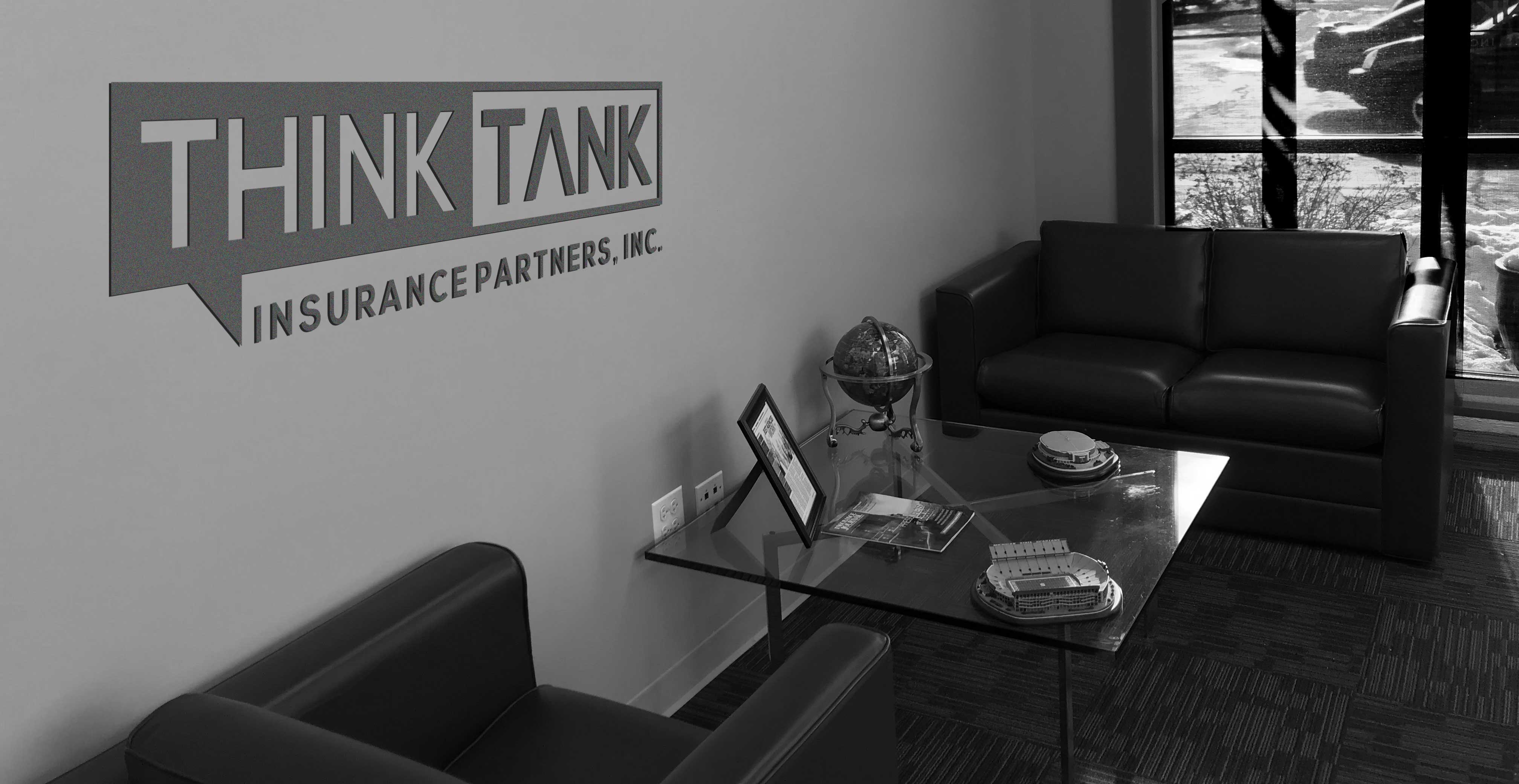Existing Client? Login
Group Health Insurance
HRAs
Designed to give employees more choice and greater control over their healthcare coverage.
-
Company Size
HRAs are typically seen in companies with less than 100 employees.
- <100 Employees
-
Cost
Potential savings are available, especially for healtheir groups.
-
$$$$$$$$$$
-
Control
HRAs are your first step to having more control of your employee benefits.
-
Health reimbursement arrangements (HRAs) are plans designed to help employers and employees lower health care costs. Allowed under sections 105 and 106 of the Internal Revenue Code, HRAs enable employers to reimburse employees for out-of-pocket medical expenses not covered by insurance. HRAs are often combined with high-deductible health plan coverage.
What are HRAs?
HRAs are employer-paid health care arrangements that are often paired with high-deductible health plans to lower health care costs. Typically, an employer creates an unfunded HRA account for each participating employee and reimburses the employee up to the HRA’s account balance for substantiated medical expenses not covered by insurance, such as insurance deductibles and copayments.
How do HRAs work?
If an employer chooses to offer an HRA, it establishes eligibility rules, a maximum reimbursement amount and a list of eligible expenses. (This list must comply with section 213(d) medical expenses as defined in the Internal Revenue Code.) After incurring medical expenses, employees submit claims to the HRA administrator for reimbursemen
Tax implications
For employers, all HRA reimbursements are tax-deductible. For employees, contribution amounts made by employers are tax-free and reimbursements for medical expenses are also tax-free.
Advantages of an HRA
Employers benefit from offering HRAs by reducing insurance costs and restructuring health benefits. By moving employees to high-deductible health plans, costs are more predictable and controlled as employees are encouraged to become better health care consumers. HRAs motivate employees to make better health care and future planning decisions.
Employees benefit from the protection HRAs provide against catastrophic medical costs. HRA funds can be used to cover a wide range of health care expenses, but unlike health flexible spending accounts (FSAs), HRAs can be designed to allow funds to be carried over year to year. However, unused HRA amounts may not be cashed out—only carried over to the following year. Also, employers may establish account caps on total HRA account balances and include rollover maximums on carryover balances.
What expenses are not eligible for reimbursement through HRAs?
The following expenses are considered ineligible for HRA reimbursement:
- Medical expenses not defined as eligible under an employer’s plan
- Medical expenses that do not meet the definition of “medical care” under Internal Revenue Code section 213(d)
- Medical expenses incurred by an employee, employee’s spouse or any eligible dependents prior to the effective date in the program
- Medical expenses that can be reimbursed to an employee through another source, such as group health insurance
Making Your Decision
Ultimately, if you want to start to reduce your benefits spend, HRAs are a great place to start. However it is an option that must be considered in light of your company’s cash flow, risk tolerance, employee numbers and preferred budgeting methods.
Contact ThinkTank Insurance Partners for more information about coverage options.

Questions?
We’re here to help
Navigating the ever-changing world of employee benefits can be difficult, costly and at times, confusing. In a world of complacent brokers with reactive service, it can be down right frustrating. We started ThinkTank to be the antidote for the typical broker. Think of us as your "un-broker." A nimble and motivated group looking out for your best interests, with a full spectrum of benefit consulting services.